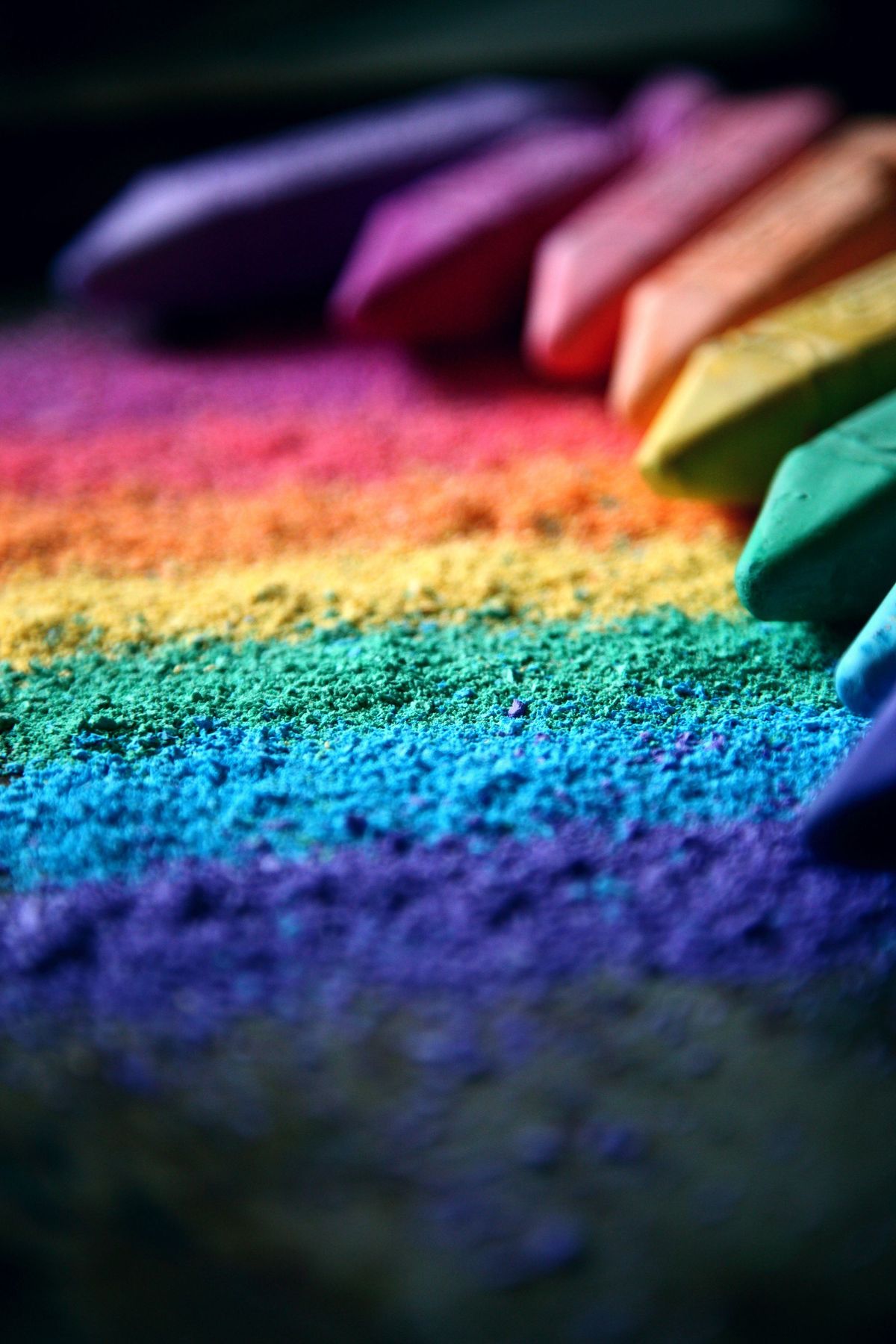Coming Out vs Fitting In: Mental Health and the LGBT Person in India

By Mahesh Natarajan
Gender and sexuality differences bring up questions that others may never face: What does one reveal about oneself to others? How much to disclose and to whom? How to look for relationships? Where does one meet others like oneself? How does one access health, education, employment? How does one seek support without feeling obligated?
Figuring out answers to such questions, living and working in a world that is often unfriendly and sometimes outright discriminatory, can mean a life lived in the shadows. For the Indian LGBT(QIA+) community (Lesbian, Gay, Bisexual, Trans, Queer, Intersexed, Asexual and other), in addition to the social and familial prejudices, the legal framework is oppressive, leaving little room to find safety and protection, apart from communities that people build for themselves.
Conflicts between one’s internal reality and the way the world is, can be a source of major distress. The issues start when one is quite young, of course, and can feel the difference or have their differences pointed out, most times harshly by mean people.
We met Satya as a 14-year-old who was very depressed and had been self-harming. In talking to Satya, it became apparent that figuring out gender and sexuality was not as crystal clear for Satya as it seemed to be for most other teenagers. It was a very confusing and traumatizing time to begin with, and when Satya began talking to their mother, the resistance and outright rejection came as a shock. Satya was extremely distressed. We worked with the family to help keep a safe space, and with Satya to gently explore and normalize their growing sense of their own identity, and thankfully, Satya and Satya’s family have been able to come around. But not all stories end well—many LGBT youth try very hard at the cost of their own comfort to somehow fit-in and ‘pass’ but even with one’s best efforts to stay within the norm, and even more so when one just cannot, the differences have a way of being found out, leading to bullying, ostracizing and worse.
Take Arvind, for example. As a student in a premier engineering college in India, he expected to be treated with respect and dignity but found himself the target of ‘jokes’, which included his classmates sending pictures of male-on-male sex acts to the college group, writing explicit messages on his backpack and so on. He survived the hostility, but it left scars on him that he could overcome only with great effort and support.
It is harder still when a person is gender-fluid, or in transition. When Suresh, a trans-man, after joining a large MNC, began to let people know about the transition, the hope was for acceptance, given the non-discrimination policies on paper. At first, things didn’t seem too bad – even if there wasn’t a warm welcome, nobody made things difficult, or so Suresh thought…until the team gifted a box of bangles and other feminine accessories as a ‘gift’ for Suresh’s birthday. That single act was brutal in its impact and emotionally scarring.
The minority stress, or the experience of prejudice, oppression and discrimination is all too real. There are a number of limiting experiences an LGBT person faces in society:
- Rejection and bullying, often starting from home and school
- Access to education, employment, and social spaces,can be limited or intimidating
- Workplace discrimination, often subtle and indirect, can keep people from fully exploring their capabilities
- Denial of rights, including basics such as medical care, has a direct impact on quality of life
These experiences can lead to an ongoing, unconscious erosion of self-worth, while others might have major traumatic events that can be scarring, leading to alienation, unhealthy risk-taking and for some others, even suicide.
In western contexts, reports suggest that LGBT persons are thrice as likely to experience a mental health condition such as major depression or generalized anxiety disorder. LGBT youth are four times at risk for suicidal thoughts and attempts as others. A significantly higher proportion of LGBT people are at risk for substance abuse and other issues as well. In the Indian context, there is scant data about mental health of LGBT people, which is unsurprising given that the politico-legal system is stacked against any form of self-disclosure. However, one supposes that the numbers are likely to be quite high.
Even when not driven to suicidal extremes, given the socio-cultural factors facing the LGBT population in India, the community does face many key mental health issues:
- Fear and anxiety related issues, about their own identity, being ‘outed,’ relationships, acceptance, safety, etc.
- Mood related issues, including depression
- Lower sense of self, affecting self-esteem, self-confidence, and impacting performance, achievement and life satisfaction
- Lack of access to quality help, resources and support that may lead to greater unsafe behavior
The key factor to remember is that higher incidence of mental health issues in the LGBT+ community is not a result of their gender or sexuality. There is certainly no mental health issue caused because of one’s gender or sexuality. The mental health issues are there because of a world that continues to deny these differences, vilifies these differences and makes it really hard.
What helps
Affirmative counseling and community building are two key resources in better mental health for LGBT+ people.
As affirmative counselors, weaffirm every life as important, and encourage clients to discover and accept themselves, and see that they are, just as everybody else, constructing their own identity, in the context they find themselves in.We also help them make healthier choices, root themselves in their intrinsic self-worth, help find social support and be partners in the quest to make meaning of one's life. We refute the notion that the difference causes psychological or emotional issues, and recognize that many of the challenges faced by such clients are a result of societal dysfunction, and that living within a dominant culture that is often hostile and pressures the client to conform to a certain norm of life that cannot work for them, is distressing.
Community building, both by community members themselves and in conjunction with service providers, is an important part of improving health for LGBT+ people. They act as supportive, safe and educative spaces, access points for healthcare and information on healthy living, and as places for advocacy as and when needed. They help people connect, break through their barriers to health, recover and strengthen their innate resilience.
*All names have been changed to protect identity
This article has been republished with permission from the Gender LGBTQIA section of the White Swan Foundation's website.



